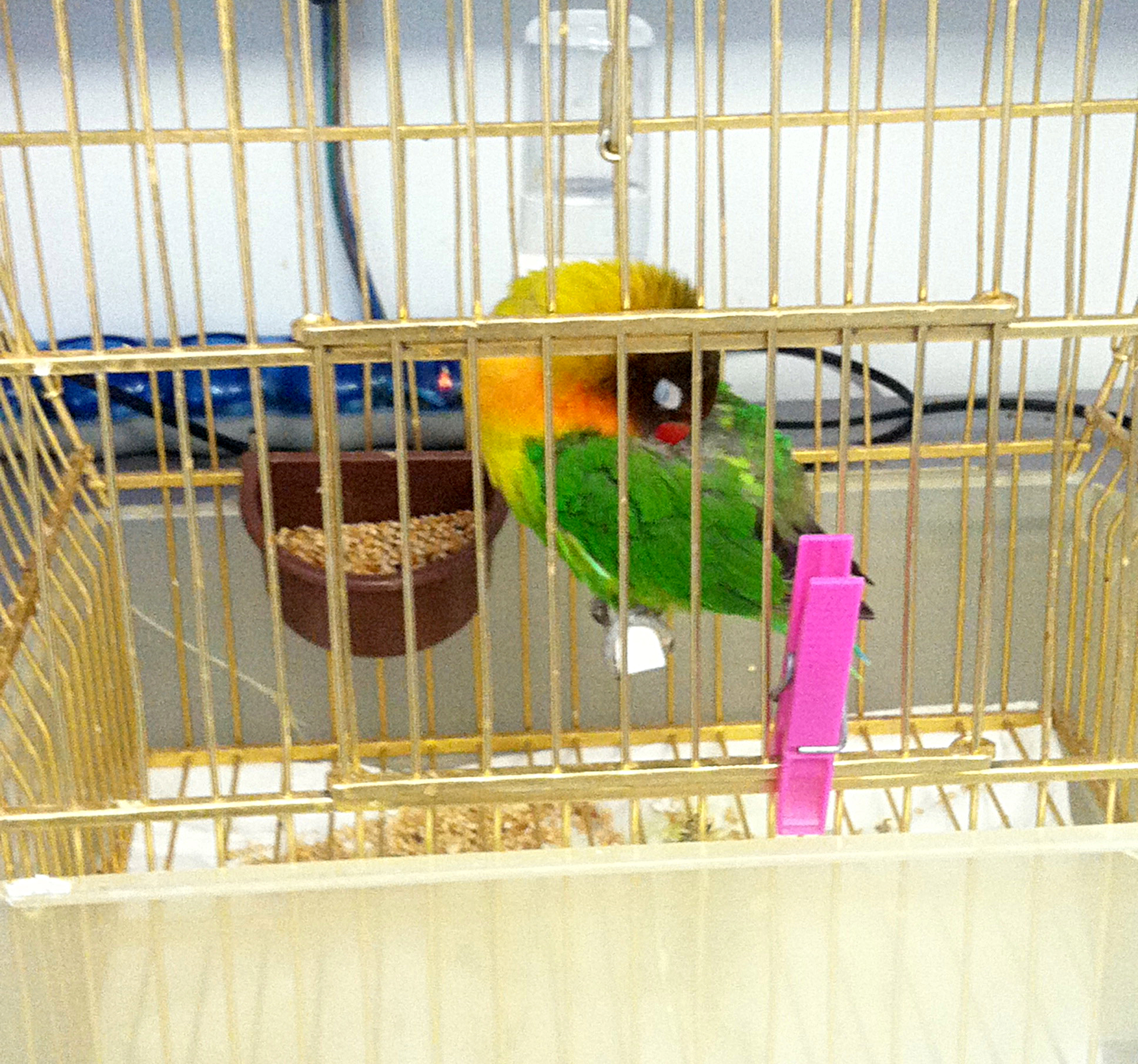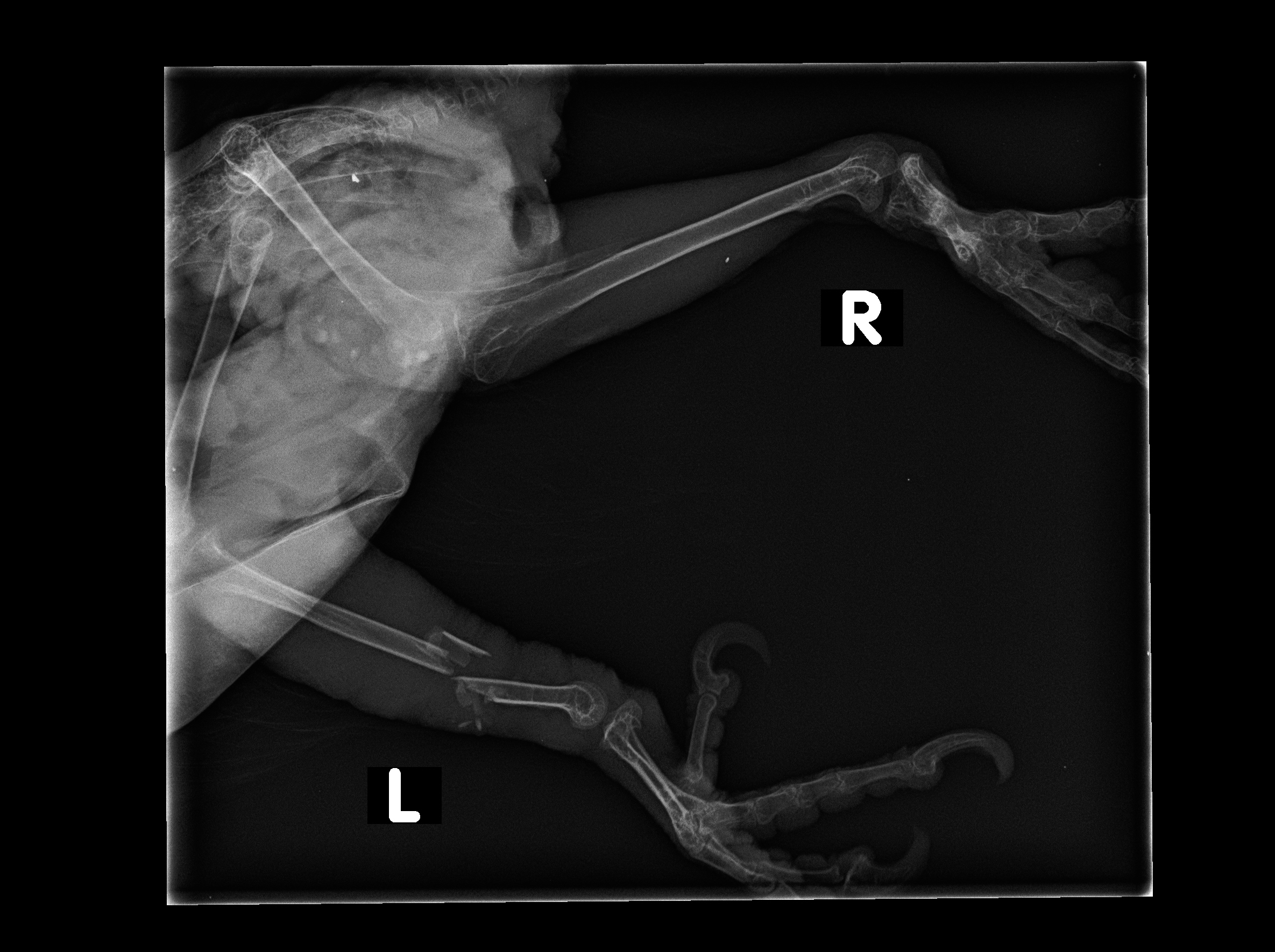
For our second week, we will discuss the pet birds, from finches to larger parrots. There is some evidence parrots were kept as pets over a thousand years ago. “Cookie”, the world’s oldest parrot (a Major Mitchell’s cockatoo) died at the Brookfield Zoo in 2016 at the age of 83.
The most common reasons for emergency visits are:
1. Any chronic, long-term illness that appears to be a sudden onset. While this is not a specific disease, it happens again and again, as birds are masters of hiding signs of illness. Most owners are absolutely convinced their parrot “was fine yesterday”. The best way to detect illness early is to become a keen observer; buy a gram scale and record your bird’s weight, track food consumption and the amount of droppings produced. Call if anything changes, or at the slightest sign that something is off. Annual wellness check visits are also extremely important.
2. Trauma, especially from other pets like dogs and cats. The bacteria from the claws and teeth of cats can be especially dangerous, and even a very small puncture can mean a severe infection and possibly death in just a few days. Predators and parrots should never be unsupervised. Many owners tell us they did not expect the attack the pets had appeared to get along prior.
3. A broken blood feather, or tip of the beak. All ingrowing new feathers have a blood supply which is lost when the feather grows out and matures. When feathers break at this stage, they can bleed, sometimes severely. When birds fall (especially those that are overweight or have a wing clip that is too severe), they can break off the tip of the beak. This may also bleed severely. Since birds will lick the tip of the beak, it may appear the blood is coming from the mouth. Sometimes direct pressure can control the bleeding, but be ready to call the clinic if it does not.


